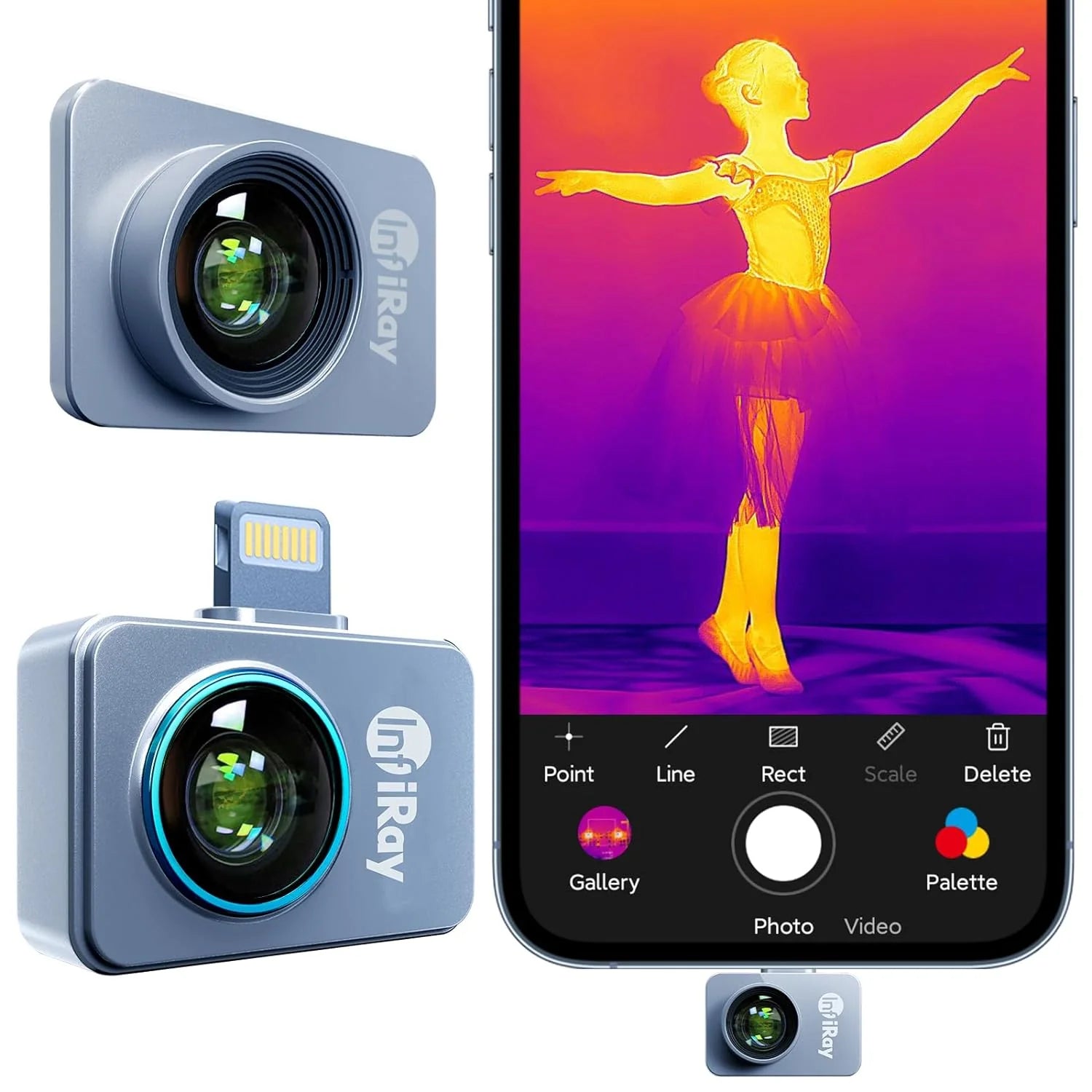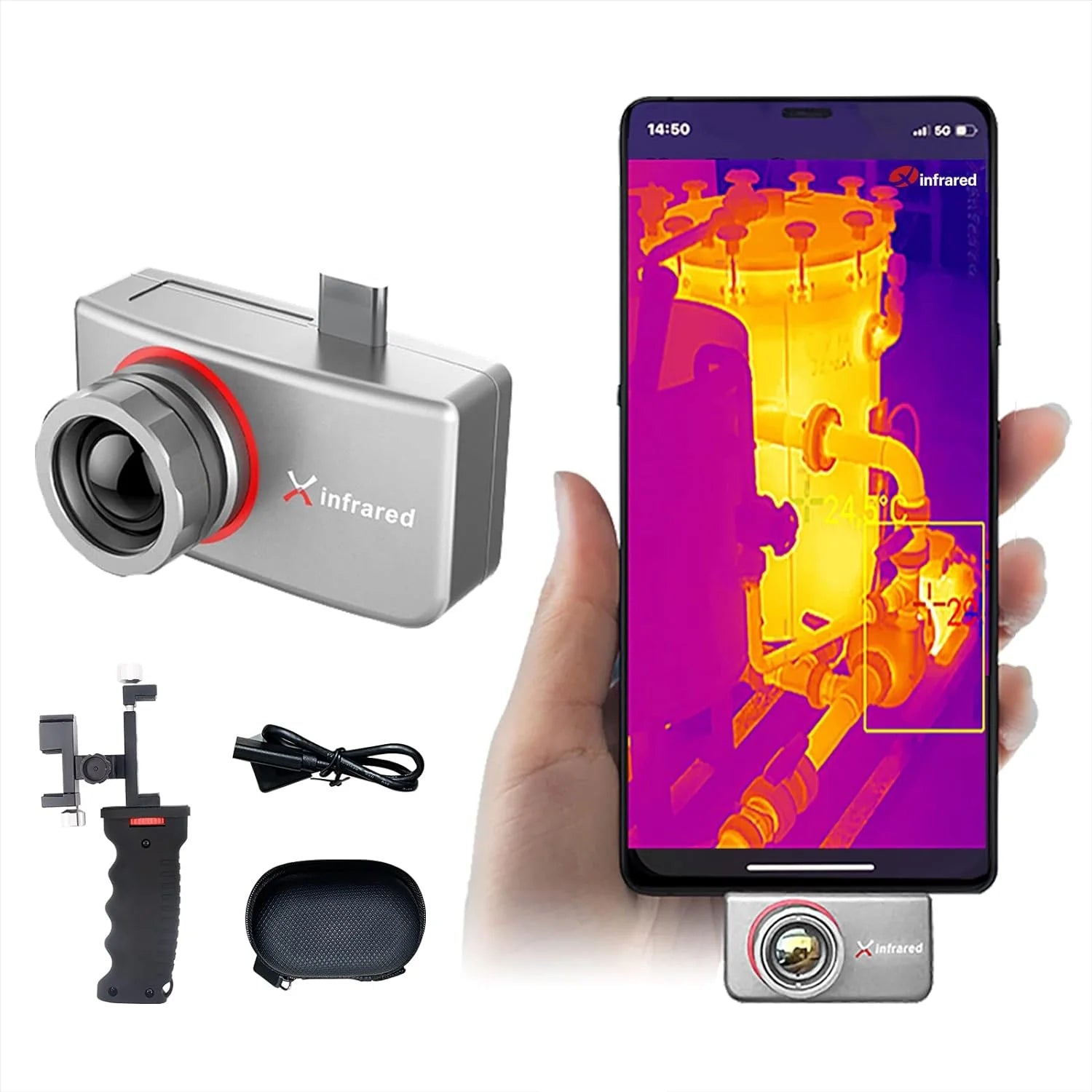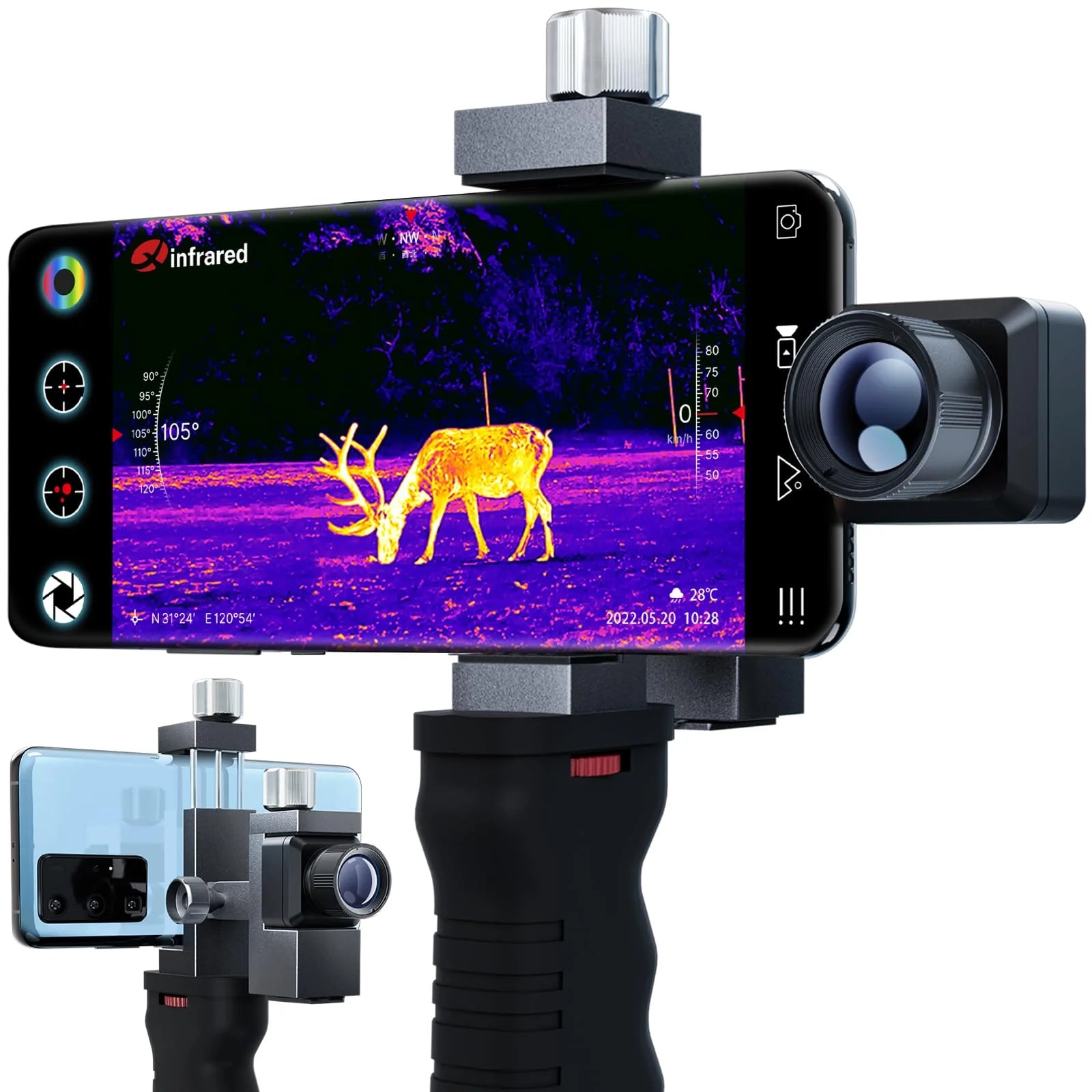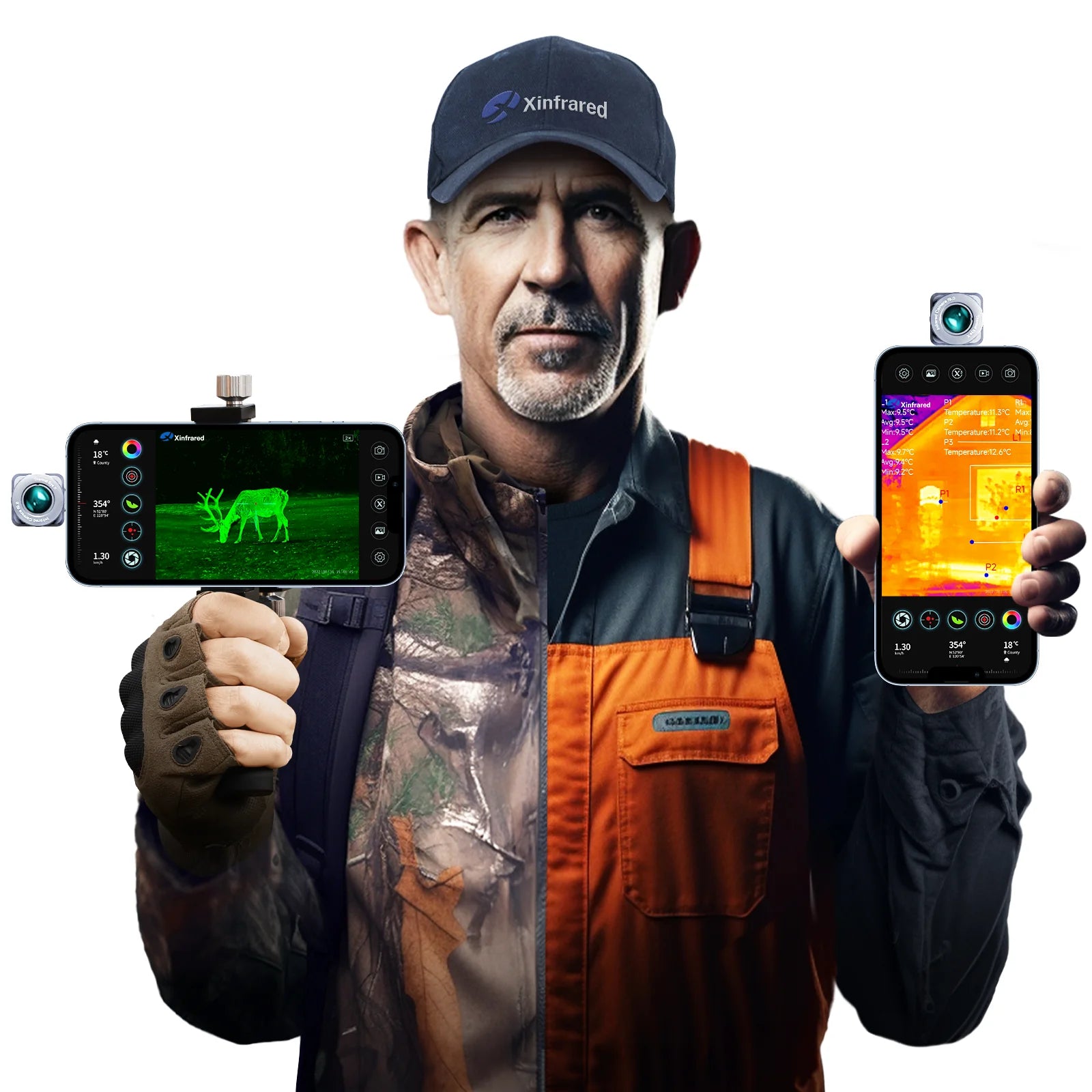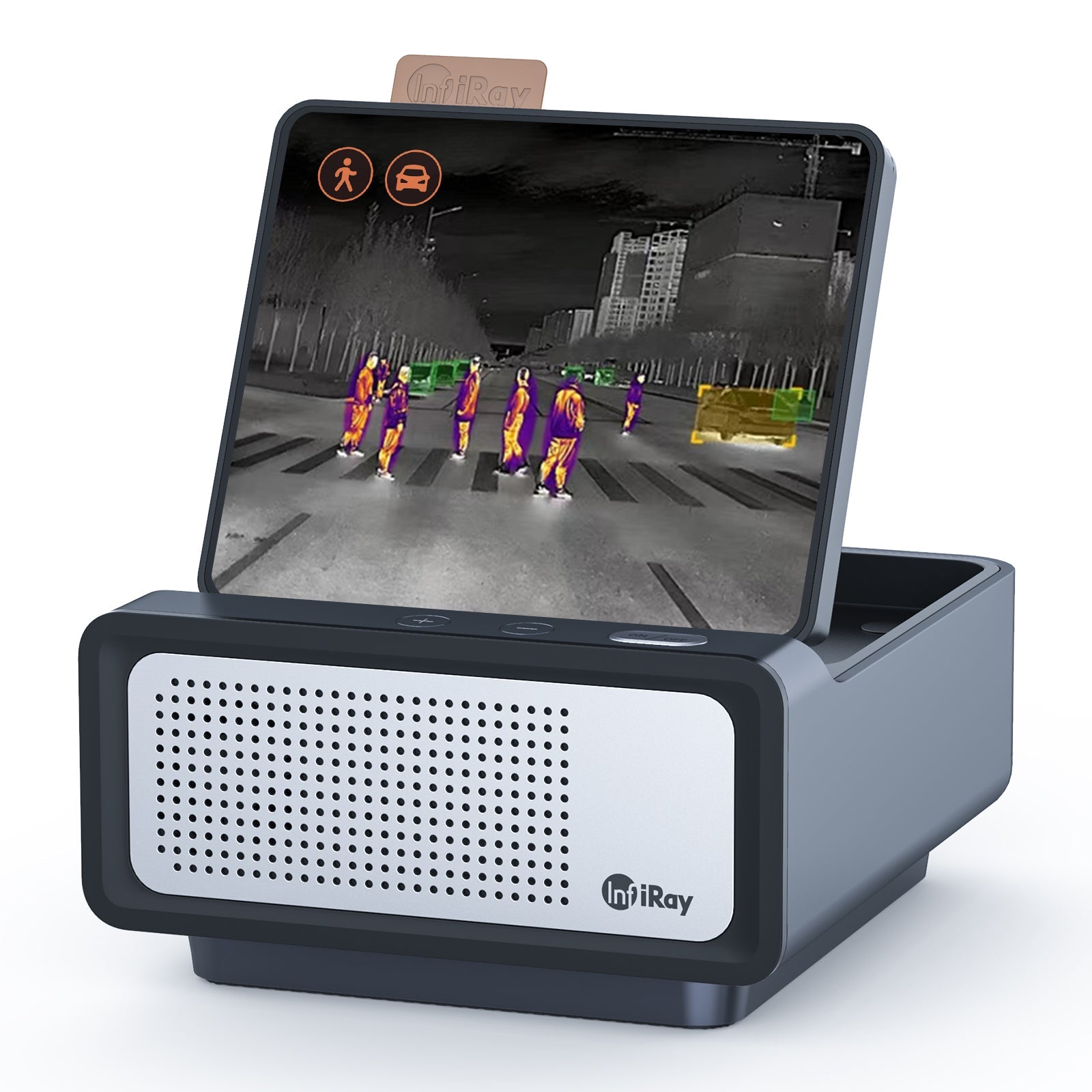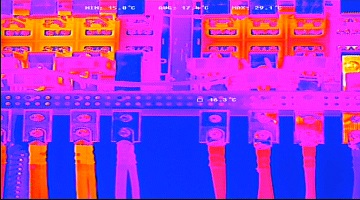Thermal imaging technology plays an important role in HVAC maintenance by visualizing the temperature variation in HVAC components and systems for technicians. Thermal imaging cameras like Xinfrared P2 Pro and Xinfrared T2S plus can detect temperature differences and help identify potential problems in HVAC systems thus improving inspection and maintenance efficiency. The specific applications include:
Detecting air leaks: Air leakage will bring temperature differences on the surface of the ducts. Thermal imaging camera T2S plus can easily find the leaking point by accurately measuring the temperature. It will increase energy consumption and decrease the system's efficiency.
Detecting clogged filters: A clogged filter restricts airflow, which also leads to increased energy consumption and decreased system efficiency. Thermal imaging camera P2 Pro can help identify areas of restricted air flow and indicate potential filter problems.
Overall, thermal imaging technology can help HVAC technicians diagnose and repair issues quickly and efficiently, improving system performance and energy efficiency and reducing operating costs.

Here are the steps for using thermal imaging technology for HVAC maintenance.
- Conduct a visual inspection of the system. Look for obvious damage or wear and tear, such as leaks or loose connections.
- Choose an appropriate thermal imaging camera. Select a thermal imaging camera with a high resolution, sensitivity, and a wide measurement range suitable for the HVAC system you are inspecting. For example, Xinfrared P2 Pro Thermal Imaging Camera has a high resolution of 256×192 and a thermal sensitivity of 50 mk. In addition, the wider temperature range which is between -20℃to550℃ can match more scenes.
- Scan the system. Start by taking thermal images of all components, including the ducts, vents, registers, and coils. Focus on the areas that show temperature differences, as these could indicate problems.
- Interpret the images. Compare the thermal images to identify areas that are significantly abnormal in temperature. This can help identify issues such as blockages, leaks, or insulation problems.
-
Take action. Based on your findings, make necessary repairs and modifications to the HVAC system to ensure efficient and effective operation.
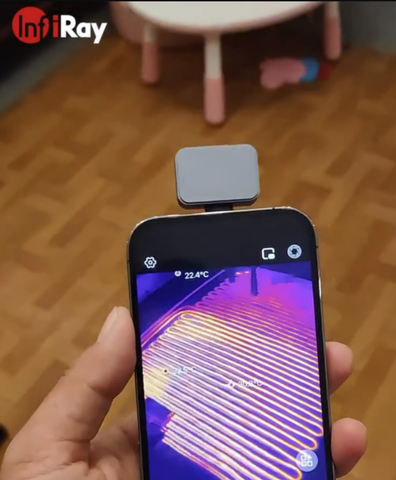
It's important to keep in mind that thermal imaging camera should be used as a tool in a comprehensive HVAC maintenance program and should not be relied upon as the sole method of identifying problems. But it’s still well worth having.

